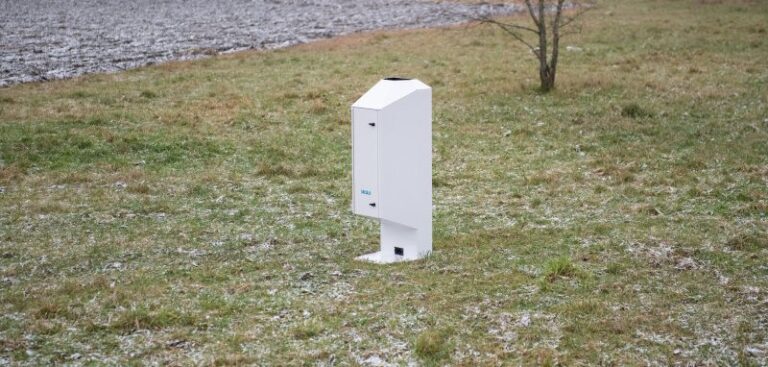Vaisala, a specialist in weather, environmental and industrial measurement systems, has released its Lidar Ceilometer CL61, which it claims improves standard ceilometer reporting by leveraging depolarization technology, providing more refined and accurate data allowing for greater situational awareness.
“With today’s constantly changing climate, meteorological organizations, environmental protection agencies and airports need greater ceilometer performance to enable more accurate weather modeling,” said Samuli Hänninen, VP, products and technologies, weather and environment at Vaisala.
“Our state-of-the-art ceilometer breaks through the ceiling in this meteorological technology to deliver high-quality profiling data that provides the insights needed to improve numerical weather prediction (NWP) models, understand icing conditions and track particles such as smoke, volcanic ash or sand plumes.”
The company says the CL61 harnesses various weather intelligence technologies to deliver uninterrupted, comprehensive, around-the-clock profiling data, even under harsh conditions, for improved understanding of atmospheric conditions. The data provided by the instrument can be used to correct air quality modeling, provide data verification and enable nowcasting for safer air travel and operations.
Vaisala notes that the device also features enhanced single-lens optics, significantly improving signal-to-noise ratio, to provide high-resolution backscatter profiles — all in a cost-efficient design. Furthermore, the unit’s depolarization measurement capabilities enable accurate liquid/frozen differentiation; detection of dust, sand and volcanic ash layers; and the ability to make short-term forecasts of precipitation.
“Today’s meteorological networks need to provide more detailed, accurate, and reliable atmospheric data and insights than ever before,” added Johanna Lentonen, director, weather instruments, weather and environment at Vaisala. “The flexible and cost-effective CL61 was designed with these requirements in mind to empower decision-makers in weather, aviation, air quality management, and research institutes to integrate the device into existing networks and establish new networks as well as measurement campaigns.”



